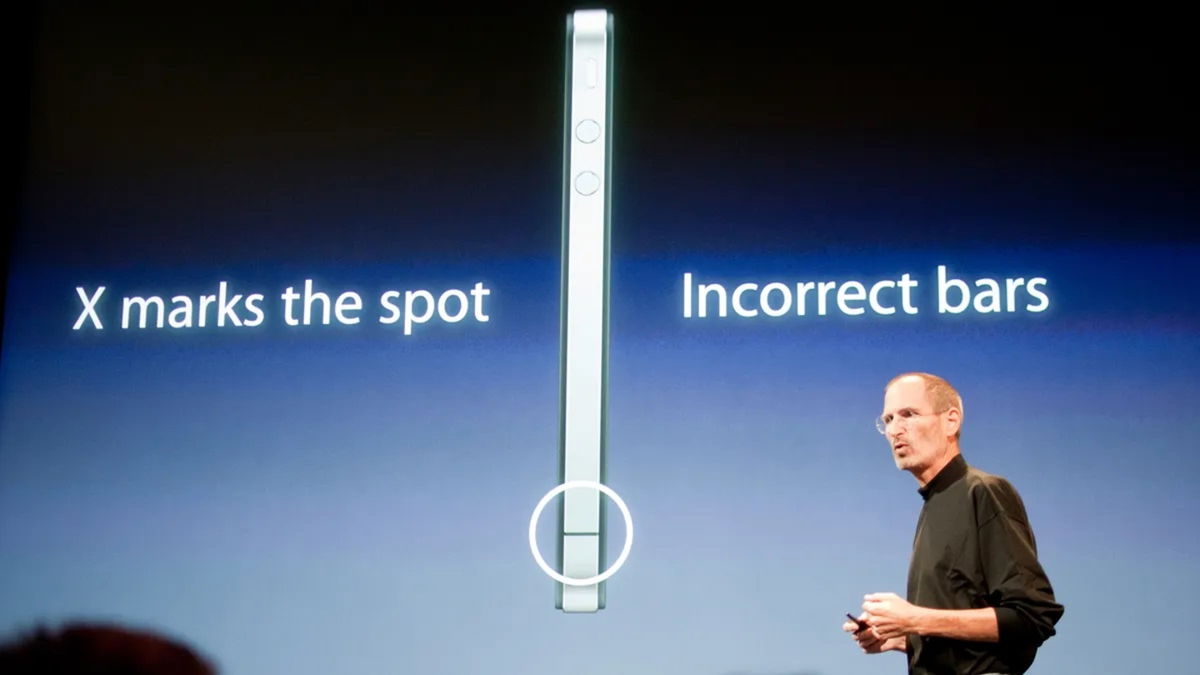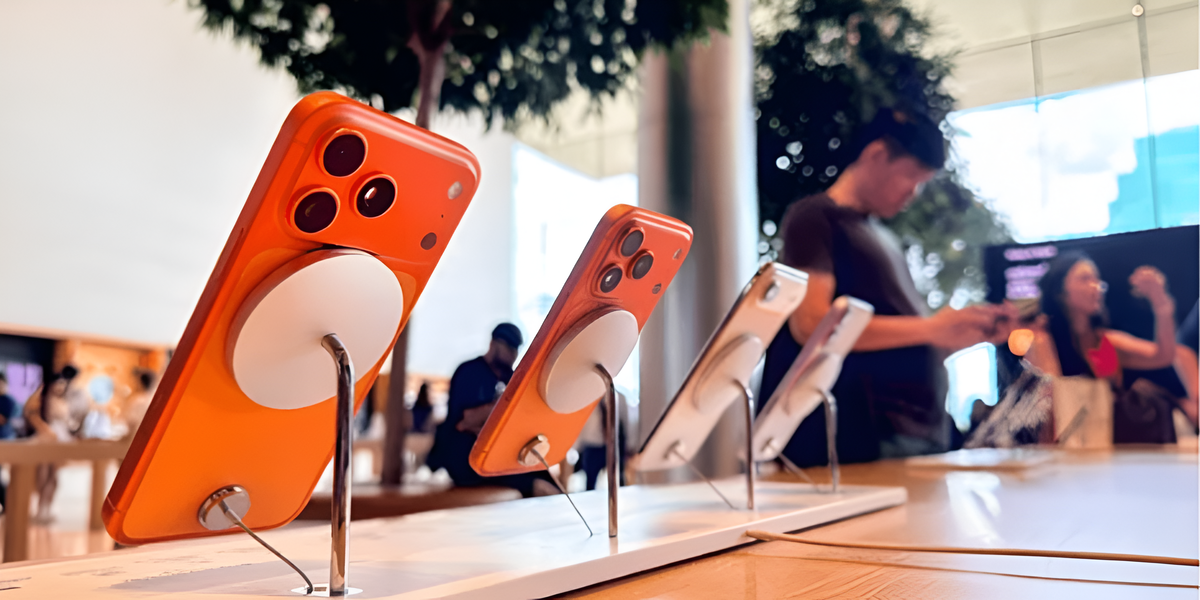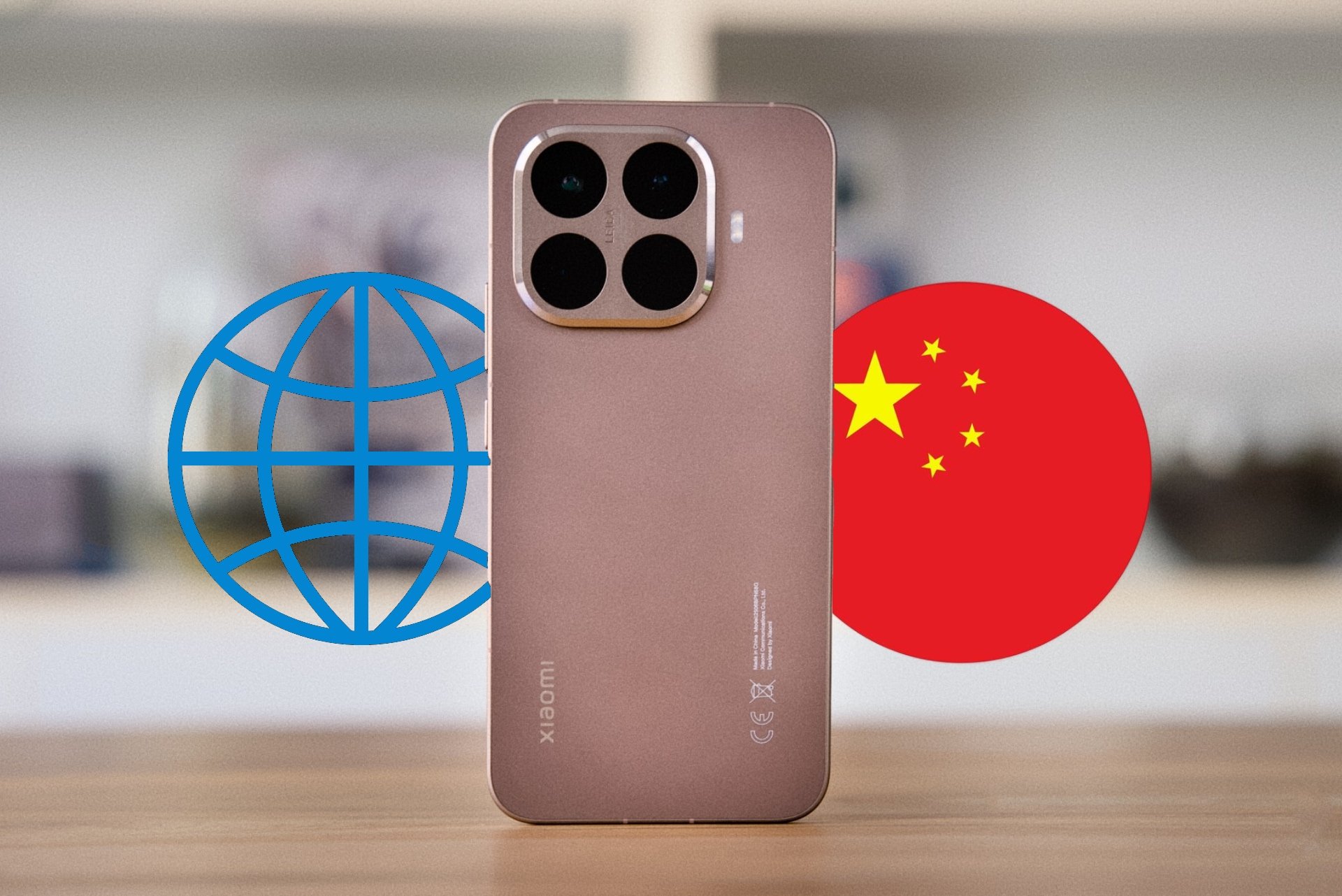HyperOS 2.0 is now official. After long waits, dozens of leaks and much more… hype On the Xiaomi side, the operating system was presented yesterday at a major event held in China. After revealing all the details about the compatible mobile phones, the main features and capabilities of its new artificial assistant, the company offered several units of Xiaomi 15 Pro to the media in the country, allowing them to start getting to know each of them. . Changes in HyperOS 2.0.
And, of course, their appearance was not long in coming. large lists of changes and improvements which the operating system implements on Xiaomi phones after the update. XiaomiTime made a good collection, focusing on 19 new features of HyperOS 2.0 it’s worth knowing.
Xiaomi already warned about this before launch and now we can confirm that HyperOS 2.0 It will completely change your Xiaomi mobile phone.. However, if you live in Spain or Latin America, you’ll have to wait as there is still some way to go before a global version of the operating system is available. Regardless, these new features will give you an idea of what’s coming on your device.
19 new features of HyperOS 2.0
HyperOS 2.0 turns everything on its head, from basic performance to the way it handles wallpapers or Wi-Fi connections. It has been designed from the ground up and is completely different from MIUI and the current HyperOS in terms of design, memory management, animations and more.
Many of these 19 new features will appear in your Xiaomi mobile phone sooner or later, so pay attention to see how your device improves in the future.
- Heterogeneous computing: HyperOS 2.0 will focus on the visual image and ease of browsing of the interface. One of the first changes relates to the way animations and various actions are managed, which are now combined to share resources and provide maximum flexibility. According to Xiaomi, animation blur is 12 times smoother than before.
- Storage management: The new system completely changed the approach to working with internal memory chips, allowing storage to be defragmented for better management of multitasking and running heavy applications.
- Dynamic network: Xiaomi has integrated a cascading network management system that allows apps to determine how much bandwidth they need at any given time. HyperOS 2.0 is responsible for precise bandwidth allocation to reduce latency in very high-resolution games or streaming services.
- Dynamic resource allocation: The system can now better choose between maximum power delivery and required performance, which is very useful for maintaining autonomy when the device is running very heavy games or applications. At its core, HyperOS 2.0 greatly improves CPU and GPU management.
- Improved Ecosystem: Xiaomi has also found the key to making its ecosystem work better and more cohesively across different devices. Mobile phones with the new system should integrate better with the brand’s tablets, TVs or washing machines.
- AI: HyperOS 2.0 has integrated an unprecedented amount of artificial intelligence into Xiaomi phones. It now has a much more advanced assistant, capable of creating complex wallpapers, compiling text summaries, real-time translation into any language, or recording notes and transcribing them.
- Notifications: The company has again focused on priority and non-priority notifications, allowing the system to determine the importance of each and display them at the most appropriate time.
- Unlock animation: Xiaomi phones running HyperOS 2.0 will now have 5 new animations that can be customized when unlocking the device using a fingerprint.
- Charging animation: In the same sense, Xiaomi has also changed the classic animation that appears after connecting the mobile phone to a power source. Now everything is different and much more complicated.
- New control panel: Xiaomi borrowed some of the design from Android 15 and iOS 18 to create its new control center. Brightness adjustments are now more sophisticated and common, and audio controls support multiple channels and many more settings.
- Opening applications: In HyperOS 2.0, the way you open an app hasn’t changed, but the animations and visual experience have been incredibly improved.
- Opening the control center: The same goes for the new control panel, which now has much more complex animations and blurring.
- Hypercore: We’ve talked about this new HyperOS 2.0 kernel in detail. In this way, Xiaomi has built the core of the system from scratch, thanks to which it now consumes fewer resources, uses more processors and achieves very outstanding efficiency compared to HyperOS.
- Battery information: The new system includes very up-to-date information about the battery and its condition. It will be possible to check the number of cycles, the level of wear and the prospect of its health.
- Dynamic Island: HyperOS 2.0 was lifted from the iPhone and now includes a dynamic island that you can interact with, switch apps, display service information, and more.
- Best Wi-Fi Transfer: Xiaomi has already announced this and it looks like HyperOS 2.0 has better Wi-Fi data transfer system as well as more download bandwidth.
- More security: The new system has a completely new security system that allows you to increase the privacy of your mobile phones, better manage files and secure connections.
- Additional RAM: A feature that allows you to expand RAM using internal storage can now take up an additional 16 GB instead of 12.
- Settings: Finally, the configuration of Xiaomi phones has been completely redesigned and now resembles that of Android 15. It is much more colorful and explains much better what each section does.
Source: Hiper Textual
I’m Ben Stock, a highly experienced and passionate journalist with a career in the news industry spanning more than 10 years. I specialize in writing content for websites, including researching and interviewing sources to produce engaging articles. My current role is as an author at Gadget Onus, where I mainly cover the mobile section.














